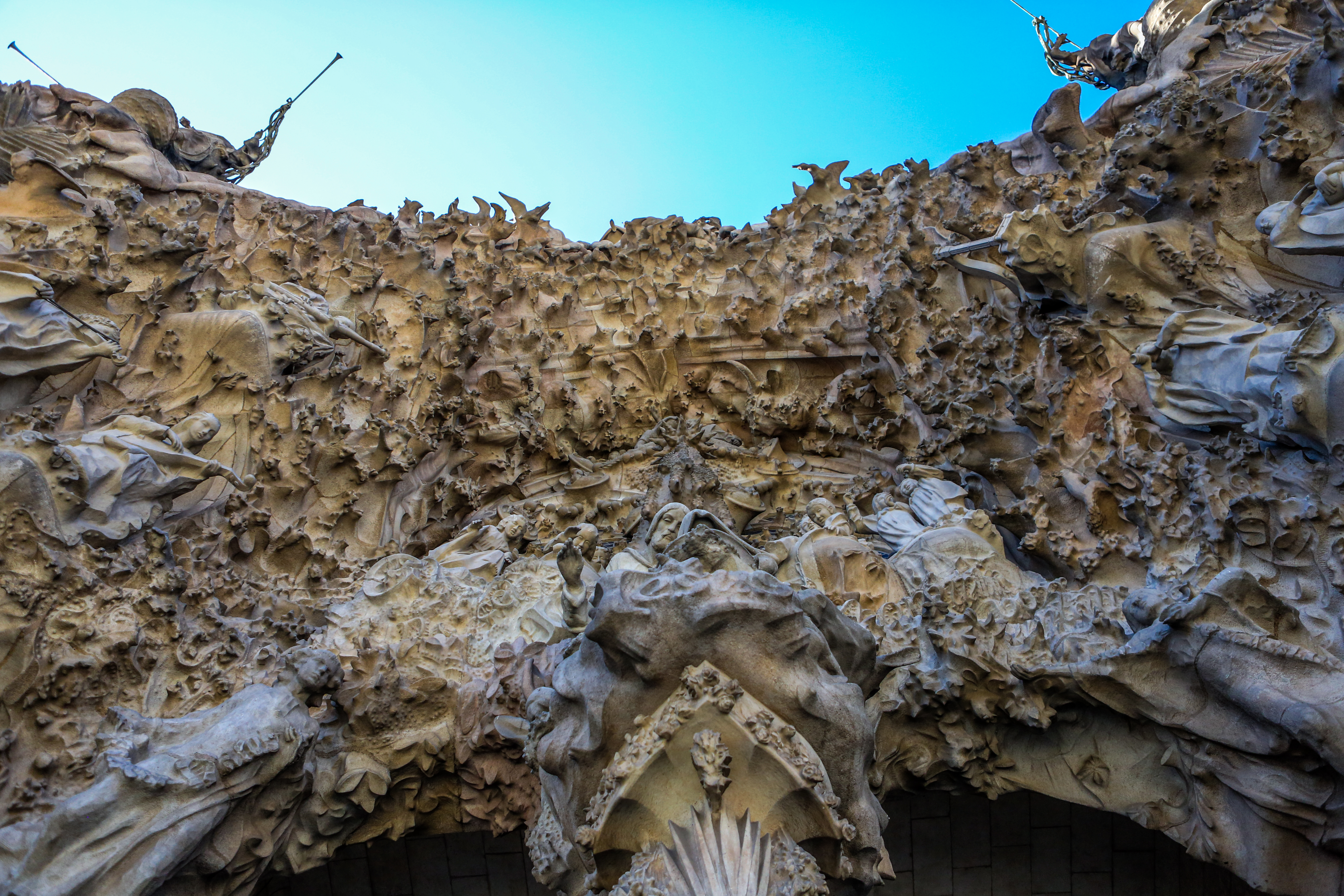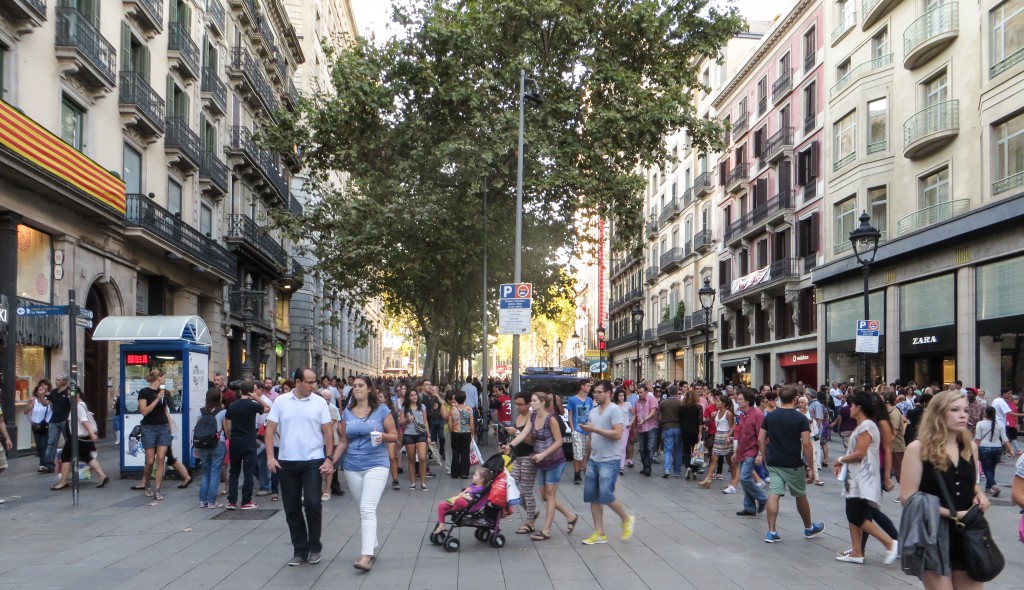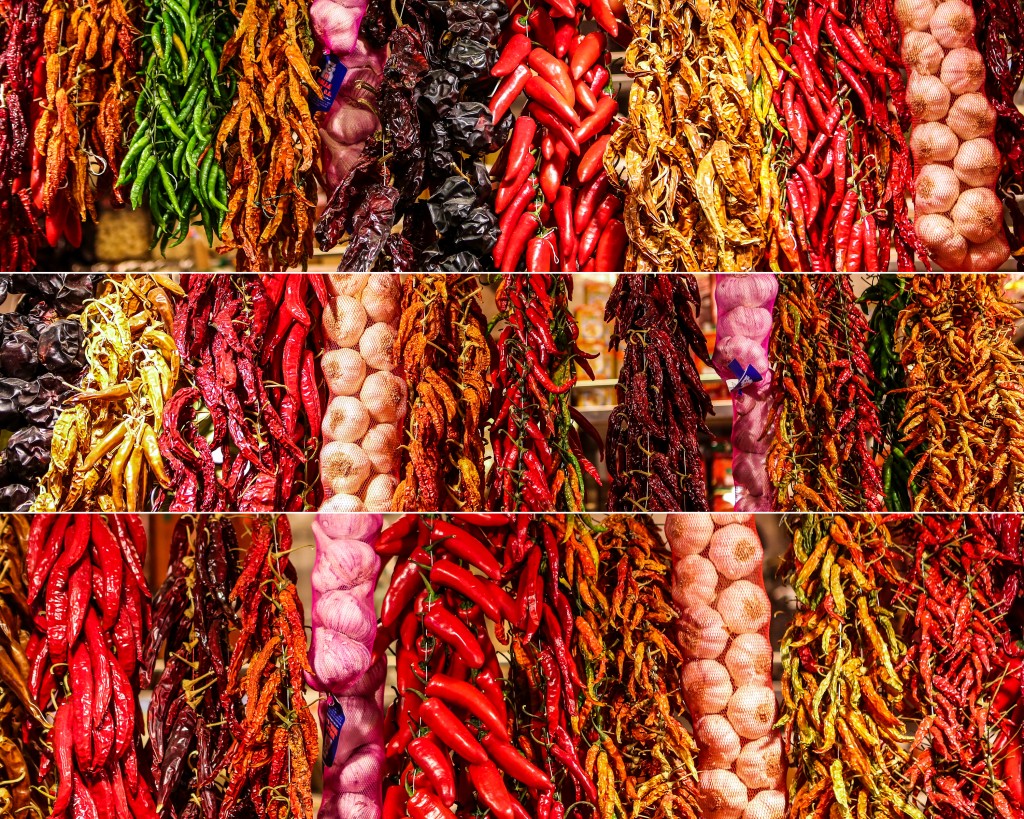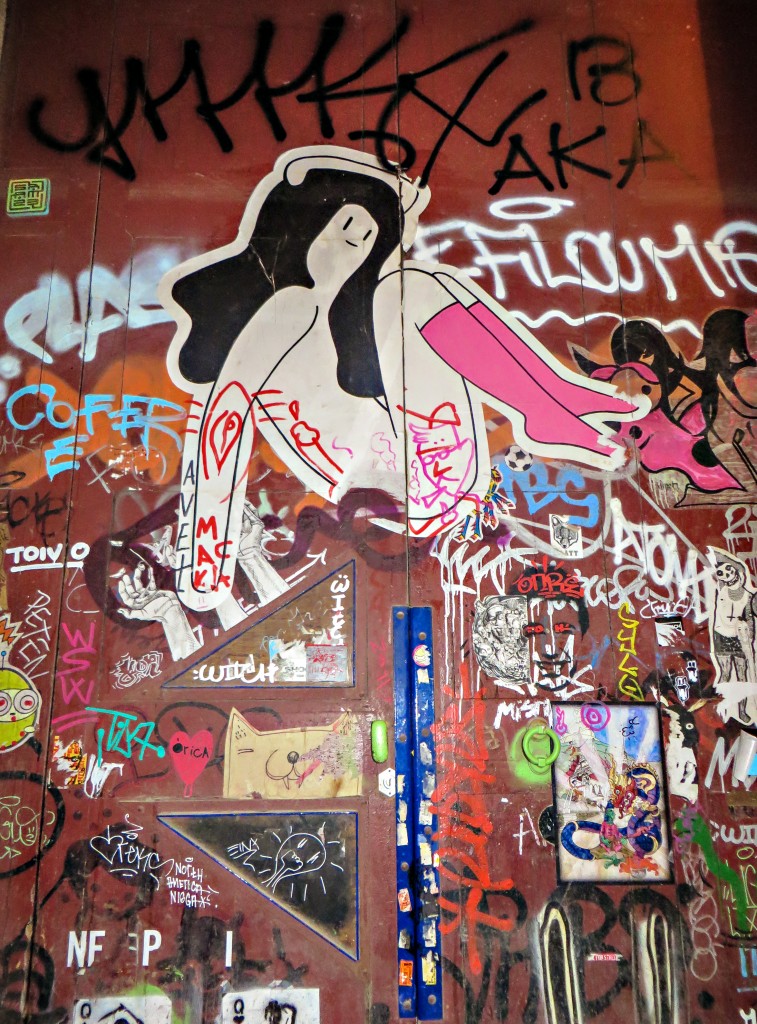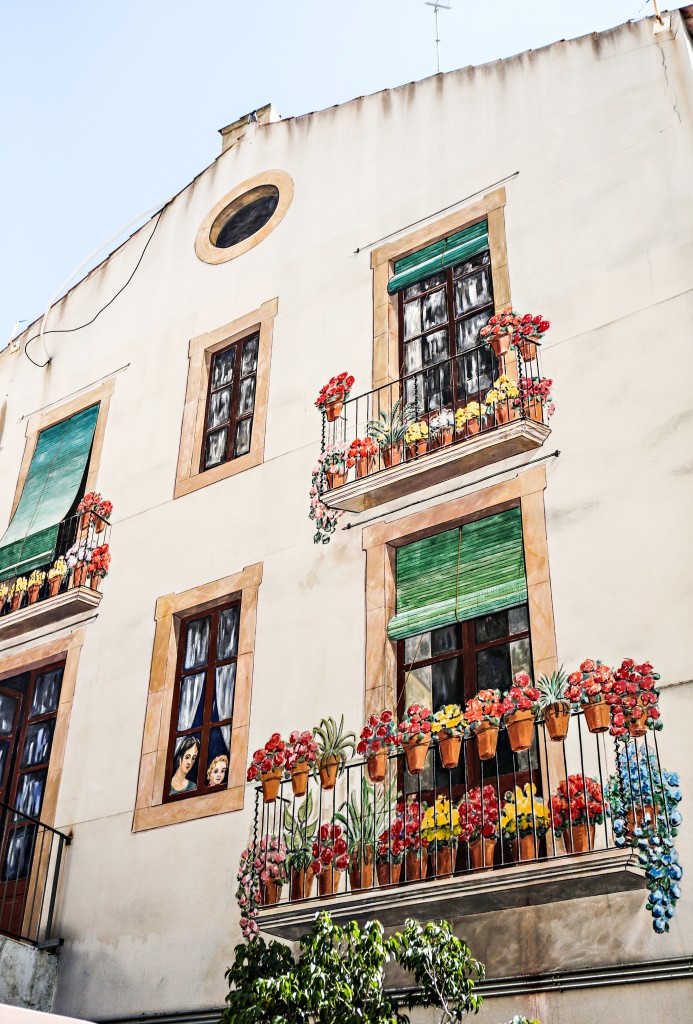Cathedrals are a “dime a dozen” in Europe. You walk in and ‘ooh and awe ‘and after you’ve been in 25 or so, they begin to look the same, with minor differences. A few notable “must sees,” i.e. Notre Dame, Westminster Abbey… check. La Sagrada Familia falls into that MUST SEE category. And, yes, there is a reason you stand in line for two hours to get in, and then have the pleasure of paying $20. What’s the big deal? Start here and then go see for yourself.
Building began in 1882 and it is still under construction. Optimists predict it being finished around the middle of the 21st century. Gaudi, its famous architect, is long gone having been hit by a tram/bus in 1926. However, a man way beyond his time, he left detailed and complicated instructions on how the work should be completed. Actually, many of his instructions are only recently being understood with the help of computers. This building is also unique in that it is – and always has been – funded completely by private donations, starting with the Sagrada Family trust and continuing on with the millions of visitors each year who pay to visit. Truly this is a remarkable structure and is the definition of “awe inspiring.”
The Facades. There are actually four facades, but only three of note. The tourist enters through the Passion Facade. For non-Catholics, this means the “passion of Christ,” in other words, his death. The lines are harsh and stark. There are purposefully no symbols of Joy, such as birds or flowers or other ornaments. The figures represent Pain, Sacrifice, and Death. The desolate architecture invites the visitor to appreciate Christ’s suffering for humanity. I personally found the Crucifix very powerful.
The Glory Facade will eventually be the main entrance but is not yet complete. The sculptures there represent Man within Creation: Origin, Purpose and Pathways… finding Redemption thru Virtue.
The other main facade, completely different in design, is the Nativity Facade, or the Birth of Christ. It is more traditionally Gothic in design and incredibly ornate:
Upon entering the place of worship, one is awe struck. From the elaborate designs on the floor, to the incredible stained glass windows, there is one thing after another to stare at!
Again, with a weak Catalan translation, this floor art reads, “Hosanna in the Highest.”
Other interesting details include this numerical table which apparently represents the number 33, the age at which Christ died. All columns and rows should add up to 33.
The stained glass is spectacular. Pictures are better than words.
And, what I found to actually be the most interesting feature of all was the columns. Gaudi studied nature obsessively to create his homage to God. The columns represent trees and branches reaching to the sky. Gaudi actually invented a new column called the double twisted helicoid with an elaborate system of proportions. As you stand at the base and look up, it emulates a tree trunk. It is wide at the bottom with the striations far apart, that narrow and twist as the column rises. At the very top, the branches incline toward the center as trees growing over a courtyard. It is magnificent!
Photo below borrowed from La Sagrada Familia website to demonstrate column design.
And finally, below the structure is the Carmen Chapel and Sagrada Familia Crypt, where Gaudi is buried. There are windows in the nave which peer down into the chapel. When I was there, I saw a service being held below. Interesting…
In closing, art on the wall. No translation necessary.





